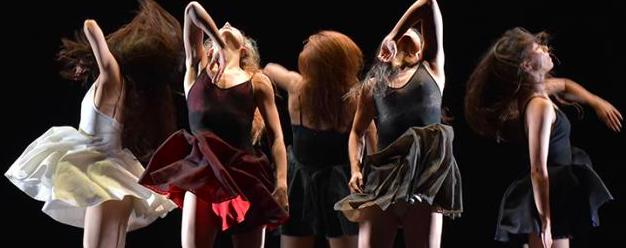In my history of art class this week we talked about global artistic responses to climate change. From photography to mixed material paintings, we saw the range of experiences that can arise from a single issue. We also noticed how one macro issue can be broken down in infinite micro issues that are specific to geographic locations, communities within larger populations, unique natural resources, and more.
My interest peaked when we entered a conversation about Mel Chin’s “Revival Field.” Considered to be an outdoor installation, “Revival Field” is an artistic work that directly engages the environment. At face value, it appears to be a garden with interesting geometry built into the fencing, though it has a much deeper function. Placed near a notoriously hazardous landfill in Minnesota, the plant species within the garden were curated to extract heavy metals from the contaminated soil. This continuing project that began in 1991 exists in partnership with a senior research agronomist to find on-site, ecologically sound, and low-tech means for detoxification. In addition to sculpting the natural elements of the area, “Revival Field” involves real effort towards the natural area’s rehabilitation.
Is “Revival Field” art? A science experiment? Or both?
As a dual-degree student in the arts and sciences, I was floored to bring this part of my identity to the table as a talking point because the fight to legitimize the connection to my areas of study is one I am constantly in.
The arts and sciences share common ground as they’re similarly truthful, subjective, and educational. I agree that science has strong associations to “truth,” but transcendent art has its own form of fundamental truth having to do more with the human condition instead of biochemical mechanisms. Data may be considered finite, but the interpretation of data is almost always subjective. Framing is done around a hypothesis (and publication bureaucracy) just as art is quite literally framed. Lastly, art and science exist to teach. They explain phenomena, theories, and feelings in distinctive ways that people resonate with.
My answer to the classification of “Revival Field” is that it is both. It is both science and art. The coexistence of the academic and artistic is what makes this project’s initiative so unique, and I believe there needs to be more of it in the world so people can stop thinking of the two disciplines as mutually exclusive.
Below is a short video from the artist and scientist about “Revival Field.”





